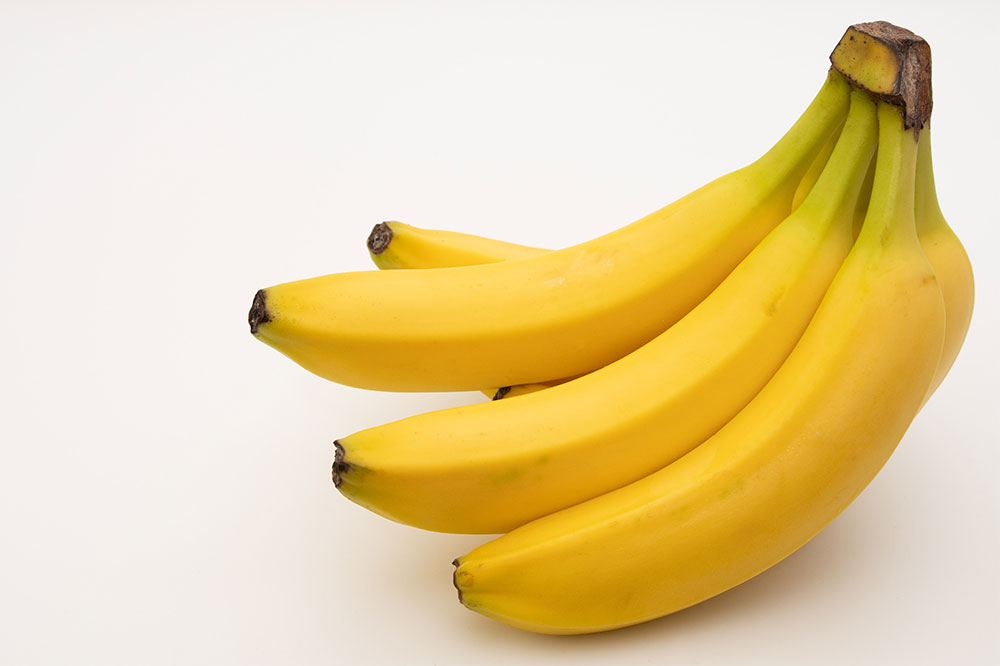
Hyperkalemia – 10 foods to avoid
Potassium plays a huge role in the health of our heart muscles and nerve cells. And high levels of this element in the blood cause hyperkalemia. If you consume meals high in potassium, your doctor may advise you to decrease portion sizes and concentrate on fruits and vegetables with a lower potassium content. Here is a list of foods rich in potassium that must be avoided if you have hyperkalemia.
Yogurt and dairy products
A serving of nonfat yogurt weighing eight ounces has roughly 625 mg of potassium, making it one of the dairy aisle’s highest sources of potassium. Even reduced fat milk contains 366 mg of potassium in a glass of cow’s whole milk. Ricotta and cottage cheese are also high in potassium. Goat cheese is a low potassium food, proving that not all cheeses are made equal. Likewise, About 131 milligrams of potassium may be found in a half cup of vanilla ice cream.
Bananas
When people consider foods high in potassium, bananas frequently come to mind. A banana normally contains 422 mg of potassium. Among all the fruit, bananas are athletes’ favorite as they provide energy. However, it could be highly dangerous for someone suffering from hyperkalemia. Consult your doctor if you have hyperkalemia and stick to fruits such as apples and berries.
Leafy vegetables
About 420 milligrams of potassium can be found in only a half cup of cooked spinach. Raw spinach, young or mature, has roughly 167 mg per cup. Fennel, bok choy, beet greens, and Swiss chard are also high in potassium. You can opt for kale instead. Kale has more nutrients than these other dark leafy greens, but it has less potassium. 73 mg is present in one cup of raw kale.
Fish
Clams, which provide 534 mg of potassium in just 3 ounces, are the finest source of protein from seafood. Around three ounces of skipjack tuna offers 444 mg, another major source of potassium. One of the most popular fish, salmon, frequently has a lower potassium content. Keeping a check on what type of fish you are eating if you have hyperkalemia is a must.
Kidney beans
Beans are a balanced addition to any meal plan as they’re rich sources of protein and fiber. However, according to data from the USDA, one cup of the kidney-shaped type has 713 mg of potassium. A half-cup of black beans has 489 mg of potassium.
Avocado
This creamy, green-fleshed fruit is packed with 690 mg of potassium and is high in fiber and heart-healthy lipids. Although it might seem good for your heart, you should avoid it if you have hyperkalemia.
Potatoes
Potassium is heavily concentrated in potatoes; 925 milligrams of potassium may be found in a baked potato. A three-ounce portion of french-fried potatoes has 470 mg of potassium and a lot of fat and calories. The potassium content in an ounce of potato chips is 465 mg. Indulging in fast foods like fries is adverse for those with hyperkalemia.
Oranges
A single orange has 240 mg of potassium, making it a food with a high potassium content. With 450 mg per 8 oz glass, orange juice is a more potent source of potassium. Fruits vary in their potassium content. Berries are a poor source of potassium and can be a decent substitute for oranges and orange juice. Another good option is apples.
Dried fruits
The nutrients in fruit, including potassium, that have been dried are concentrated. You get roughly 750 milligrams from half a cup of dried apricots. Also, even though raisins and dried plums make a fantastic snack, they should be avoided by someone with hyperkalemia.
Legumes and beans
Legumes are a significant source of potassium as well. White beans have the most, with 600 mg of potassium in a half cup. In half a cup serving, other legumes such as lima beans and pinto beans have between 300 and 350 mg.


